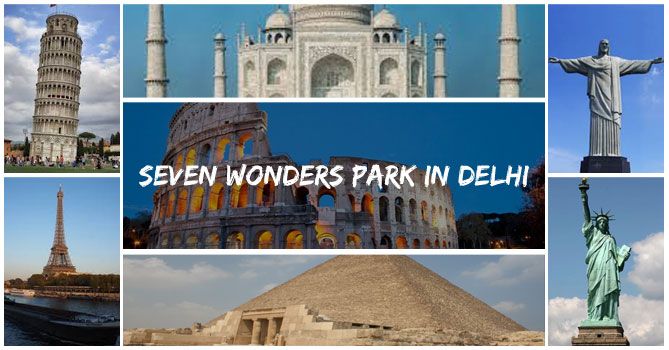World class medical and healthcare facilities, highly trained doctors and healthcare professionals, and a fraction of the cost – these are the three major attractions that are bringing more and more medical tourists to India. While most of them coming in from the US, the UK, and other European countries are looking at getting the best of medical care at a cost that could be a dream back home, there are also quite a number of patients coming in from Africa, the Middle East, and south Asian countries (such as Sri Lanka, Bangladesh, Pakistan, and Afghanistan), who simply want better treatment and more treatment options. India is also a treasure trove of alternative medicine systems and holistic healing; the Ayurvedic, Siddha, and Yoga centres in the country attract a great number of relief seekers.
Medical Tourism Industry To Double
According to recent news reports, India has witnessed a 22-25 percent growth in the number of tourists coming from foreign countries to avail of the treatments and medical facilities offered by our country. The medical tourism industry is pegged at about USD 3 billion currently and is likely to double to USD 6 billion within a year. Not only will this prompt the growth of the domestic medical industry but will also keep the government on its toes. Right from screening visa applications to regulation of drugs and medical devices, and from accreditation of hospitals to medical education – the entire system will need to gear up to meet the skyrocketing demands of medical tourists.
Most Sought After Treatments
Some of the treatments greatly in demand with the foreign tourists are cardiovascular surgery, knee and hip replacement surgery, bariatric surgery, aesthetic and body enhancement surgeries, liver transplant, neurosurgeries, oncological surgeries and treatment, and in vitro fertilisation (IVF). These treatments are sought after for a number of reasons.
Cardiac surgery which could cost approximately between USD 70,000 and USD 200,000 (without insurance cover) is likely to cost only between USD 3500 and USD 8700 in India. Liver transplant surgery in the US could cost about USD 3,00,000 but could get done in India for approximately USD 69,000. Our country, thus offers, the best of the medical world at a negligible cost for patients from western countries. Add to this, the fact that there is no waiting period, and the advantage to patients suffering from diseases such as cancer and neurological disorders is clear. Patients from countries such as Bangladesh, on the other hand, come to India due to the availability of top notch doctors, surgical facilities, and aftercare as well.
Reverse Brain Drain
One of the main reasons India is booming as a medical tourism destination is the phenomenon of reverse brain drain. Promising Indian medical graduates have been going abroad for higher studies and work for many years now. Of late, however, most of them are choosing to return to India and practice here. This is particularly seen in Chennai, India’s medical tourism capital, Delhi, Hyderabad and the other major cities of India. Growth of medical tourism in India (stimulating demand), better earning opportunities in India than abroad (and tightening salaries in the US and UK), and improved living standards in India have all worked together to lure Indian doctors back home after having worked abroad. This is a boon for the medical industry in India as these doctors and health practitioners connect better with medical tourists. A returning Indian doctor often brings back with him/her faithful clientele willing to find treatment options in India.
Whatever the reason, the number of medical visas issued by India reveals its own story. In 2013, records reveal that 59,129 medical visas were issued. In 2014, this went up to 75,671 and again in 2015, nearly 134,344 medical tourists visited India. In 2016, over 200,000 foreign nationals came to India for treatment. This has fuelled a number of support businesses from translation services to agencies arranging for complete medical treatment and aftercare. The travel and hospitality industry is a major gainer. What we must now ensure, though, is that growing numbers do not affect hygiene and caregiving standards and due not fuel medical malpractice. Medical tourism is an opportunity for India to earn much foreign revenue and to gain a central position in the international community. If we move ahead with the requisite safeguards and checks in place.






